Smartphone chemistry: the secret materials that make your handset tick
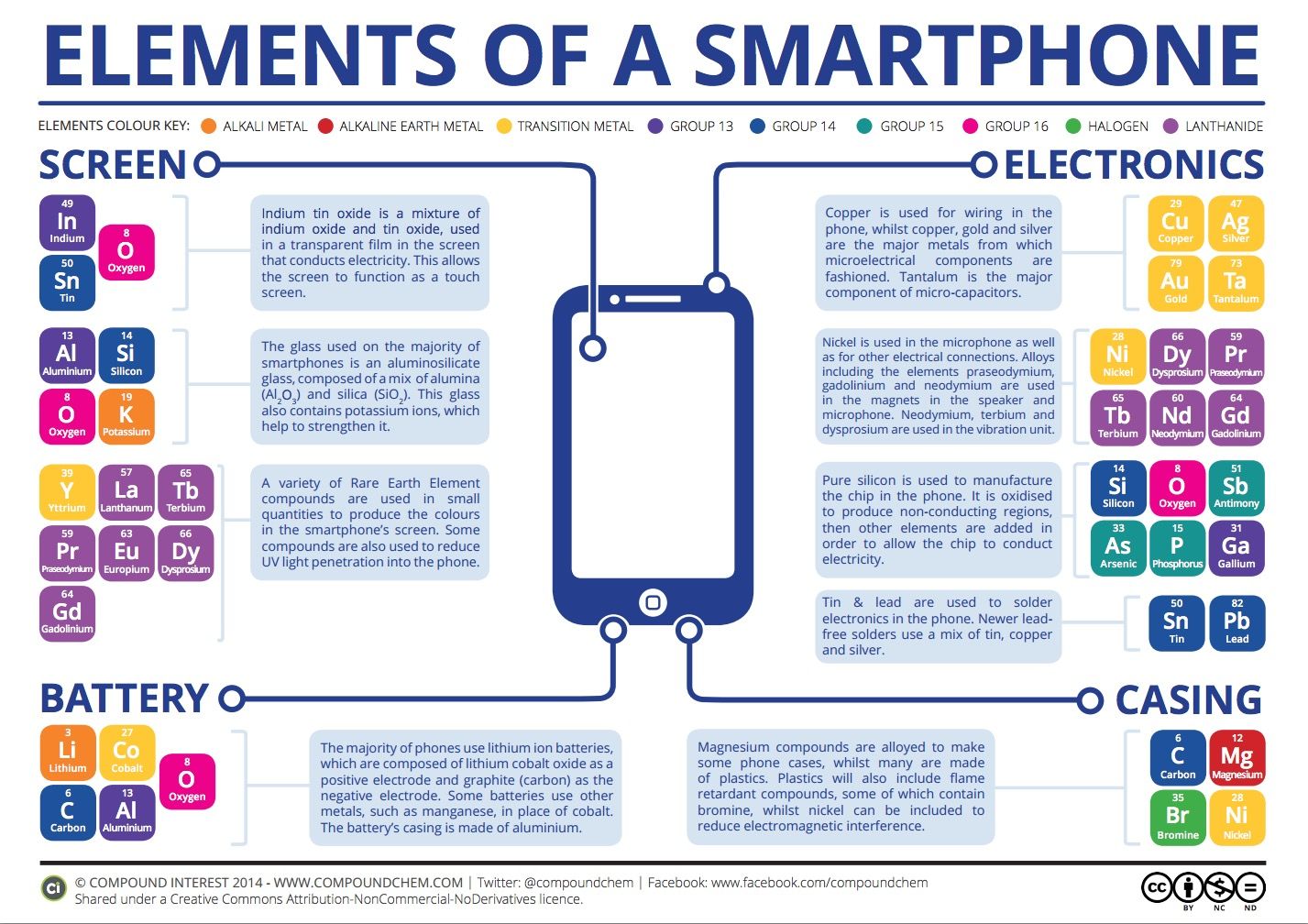
Some interesting revelations about the secret metals and materials were recently summarized in a concise and informative video that we share with you below. In it, you’d find out that your typical smartphone contains around 300mg of silver and 30mg gold. That may not sound like much, but if you look at the whole phone industry, it combines for a whopping $2.5 billion of expenses.
Finally, you’d hear about fancy features like the new ion-strengthened glass on the iPhone 6, made by bathing the display cover and compressing the glass with potassium. Then, a compound of indium, tin, and oxygen is actually what makes it possible to touch your phone, forming a transparent film that conducts electricity. And, naturally, silicon is used for the processor. Ultimately, though, it’s how they all come together, often in miniature amounts, to make your phone tick.

source: Reactions


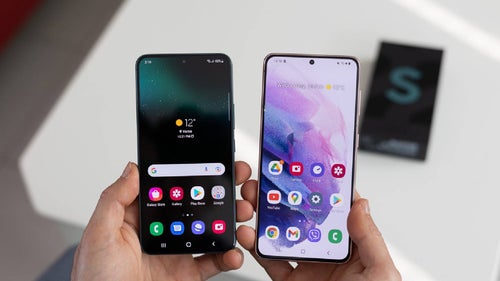


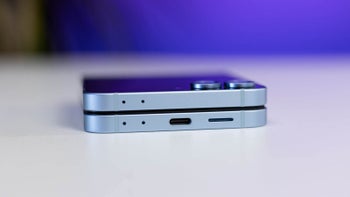
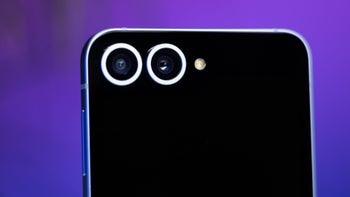

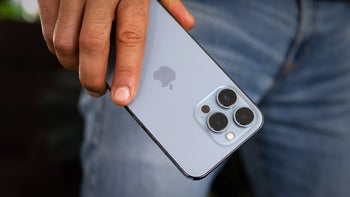

Things that are NOT allowed: